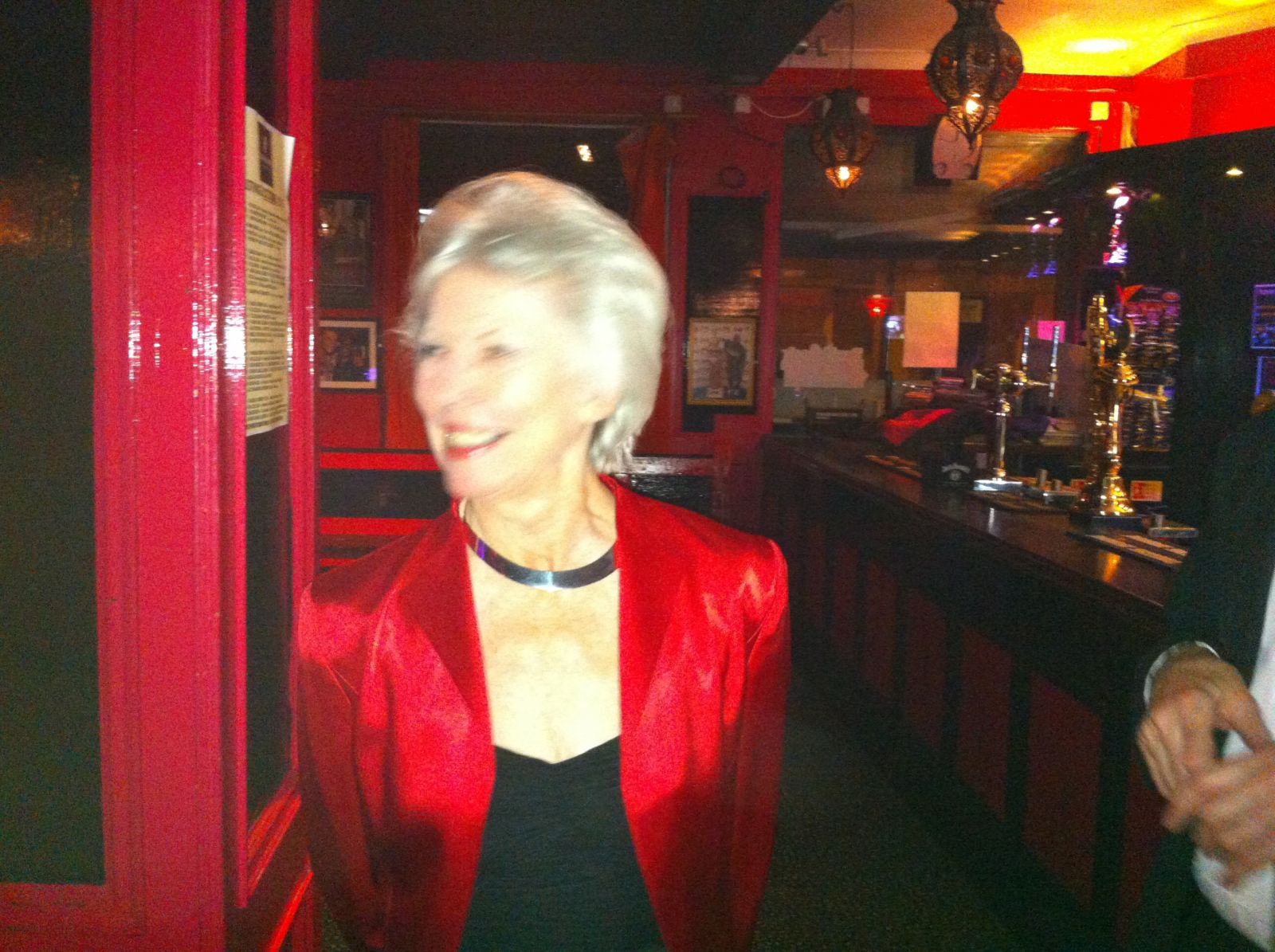WCoMC athletes showcase the pure air and opportunities for bucolic and other entertainment which drew Scholars and Revellers into Hackney in Elizabethan times
As with much of our modern capital city, Hackney truly is a global settlement; an eclectic mixture of humanity manifesting itself in the inspirational and the desperate in equal measure. This was so clearly demonstrated in 2011 and 2012 with the lows of the riots quickly being followed by the highs of the Olympic Games, which the borough of Hackney jointly hosted. I have lived in Hackney for 15 years so for me and over two hundred thousand people speaking over a hundred languages, it is the place we proudly call home. .jpg)
Hackney was originally made up of three parishes - Hackney, Stoke Newington and Shoreditch situated on the edge of the City of London. The borough stretched out from the City perimeter to an area of meadows, brooks and small hamlets favoured by royalty and the upper classes for the clear, clean air and open spaces that lent themselves to recreational activities. Some of the more idiosyncratic pastimes such as pig-swinging and the rejuvenating effects of the air were appreciated and documented by Samuel Pepys.
To name drop further, the medieval church of St Augustine’s which still stands as the oldest building in Hackney was frequented by Erasmus and Thomas More and in Elizabethan times Shoreditch was a magnet for writers, revellers, actors and down-and-outs (much as it is today in fact on a Friday night) [ref. WCoMC's Music Group - including Richard Stewart, Drewe and Felicity Lacey, John Pulford and The Editor, dutifully taking over
Charlie Wrights in Shoreditch] 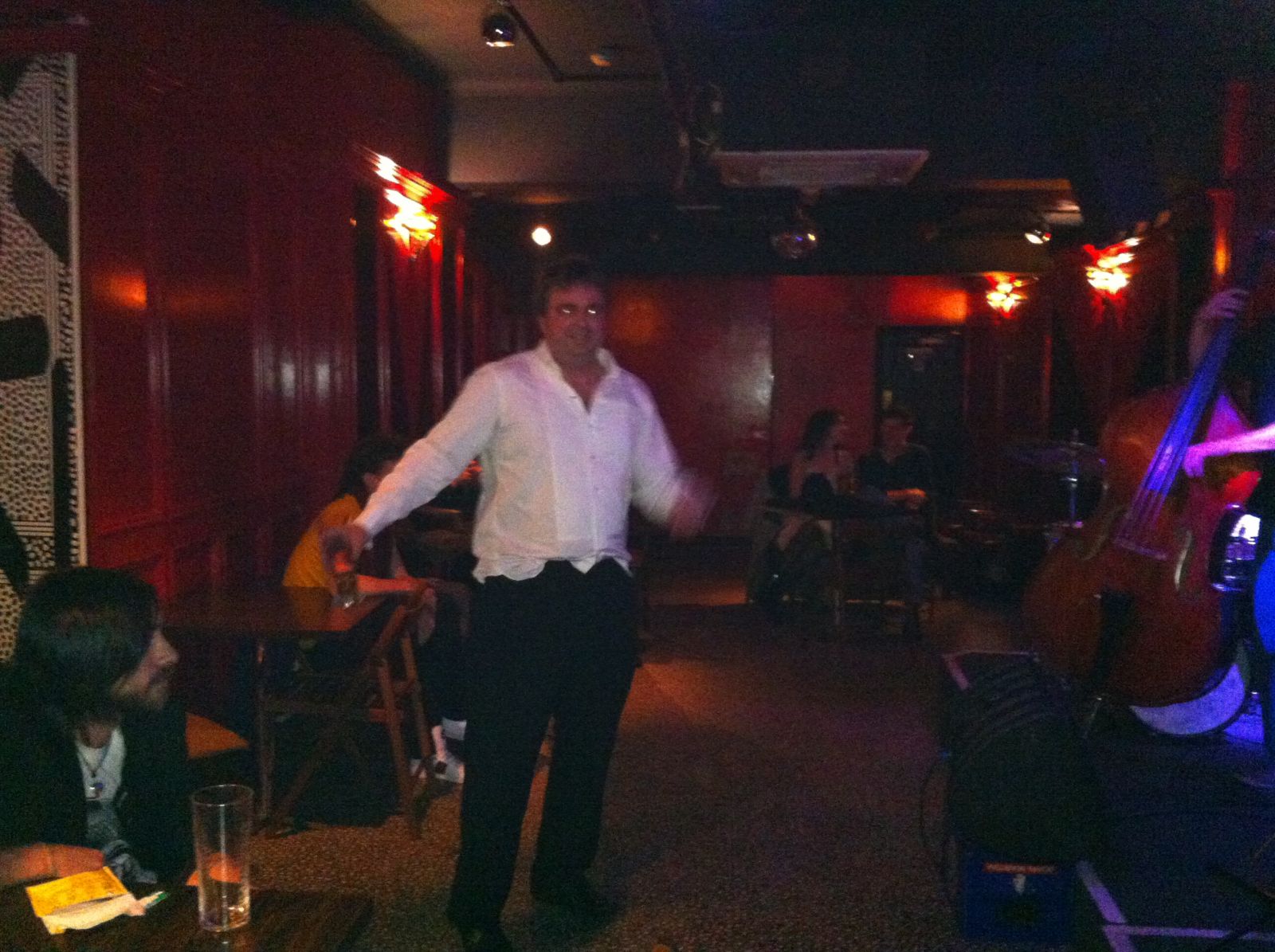
.JPG)
The borough has developed at a fast and frenetic pace. The Tudor hamlets were replaced by smart neo classical squares of townhouses established for the City grandees and company directors as London prospered. The pragmatic terraces that characterise a large part of the borough followed as the City expanded. These tightly linked homes were built for the increasing number of the working classes who were driving industrialisation and gave the East End some of the character that still has an association today. The pub at the end of one such terrace in Stoke Newington was unfortunately the first building to be hit by a bomb dropped from a Zeppelin during the First World War. More latterly the rapidly growing population was positively reinforced with waves of immigration initially from the Caribbean and then from places as diverse as Turkey, Kurdistan and Vietnam giving rise to high density estates and a whole new set of social challenges. As this transformation took place much of the green and pleasant land was devoured, leaving just a few windows ajar to a more bucolic past and it was on one of these such spaces, Hackney Marshes that we began our half Marathon through this historic part of our Capital.
On the 22nd June 2014, Hackney closed its roads for the very first time to allow twelve thousand runners to participate in the inaugural Hackney half marathon. The course was set up to showcase the diversity of the borough’s communities and the character of its residents, thousands of whom lined the route to cheer on some hot, tired but willing runners on one of the sunniest days of the year so far.
The race started on the spiritual home of grass roots football and headed west along Homerton High Street past Sutton House, a grand and handsome National Trust home built in 1535 by Sir Ralph Sadleir, a protégé of Thomas Cromwell. The course then twisted through the terraced streets towards Hackney Downs where we were encouraged by a large Caribbean Steel band and then along Mare Street past the iconic Hackney Empire theatre. At around four miles the route peeled off down the regally named Queensbridge road. There are many road names in the borough that speak of a distant and royal heritage. I admit it is hard to imagine a King walking down the Kingsland Road but it did happen! It may also be hard also to imagine the King’s Place (or Brooke House) in Clapton but you must, as the building was sadly demolished by Hackney Council in its wisdom in the 1950s. Rather incongruously it stood at the end of the Upper Clapton Road (dubbed "Murder Mile" in the 1990’s). Henry VIII was said to have been reconciled with his daughter the infamous Mary here. The closest you will get to Bloody Mary, however, these days is a drink in one of the many new gastro pubs.
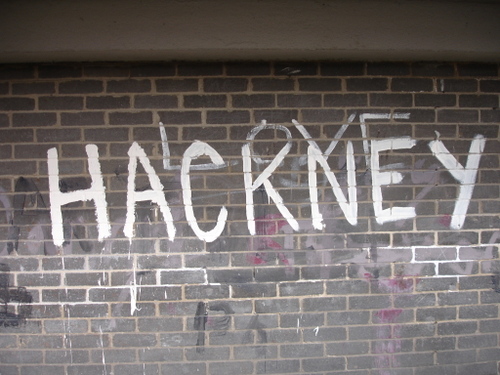 We then took off along the Grand Union Canal and over to Broadway Market and the ‘hipster’ hangout of London Fields where the prices of coffee and olives suggest a return to a more bourgeois demographic. The race took a turn along the wonderful green spaces of Victoria park, a huge expanse established in 1845 for the enjoyment of East Enders (the Park is actually within the borough of Tower Hamlets for those in the know).
We then took off along the Grand Union Canal and over to Broadway Market and the ‘hipster’ hangout of London Fields where the prices of coffee and olives suggest a return to a more bourgeois demographic. The race took a turn along the wonderful green spaces of Victoria park, a huge expanse established in 1845 for the enjoyment of East Enders (the Park is actually within the borough of Tower Hamlets for those in the know).
We passed under the A12 for the final part of the run which was in newly reopened Queen Elizabeth Olympic Park and took in the magnificent sites of the Olympic Stadium, the Aquatics Centre, the Velodrome and the Copper Box on a two mile loop. Now I have to admit that on paper this looked like it would be a highlight of the route, running in the inspirational shadow of champions and legends, however the reality was quite different. There was in fact no shadow at all. By this stage in the late morning it was about twenty five degrees and the wide concrete boulevards offered little by way of shade and respite from an unforgiving sun. It was to prove the most challenging part of the race. 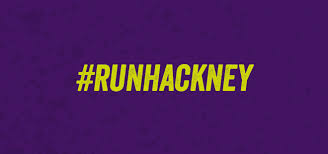
Having survived the gruelling miles ten to twelve, we left the Olympic Park and meandered wearily back to the Marshes to finish where we had started. It had been a fantastic community event which raised significant funds for many charities and raised the profile of the borough. Hot, exhausted but happy with my performance I took myself off to sit in the shade under a tree, by a brook and take in the air as many have done in years gone past. Perhaps pig-swinging would be an easier pastime.
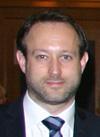
Freeman Tim Jenkins
